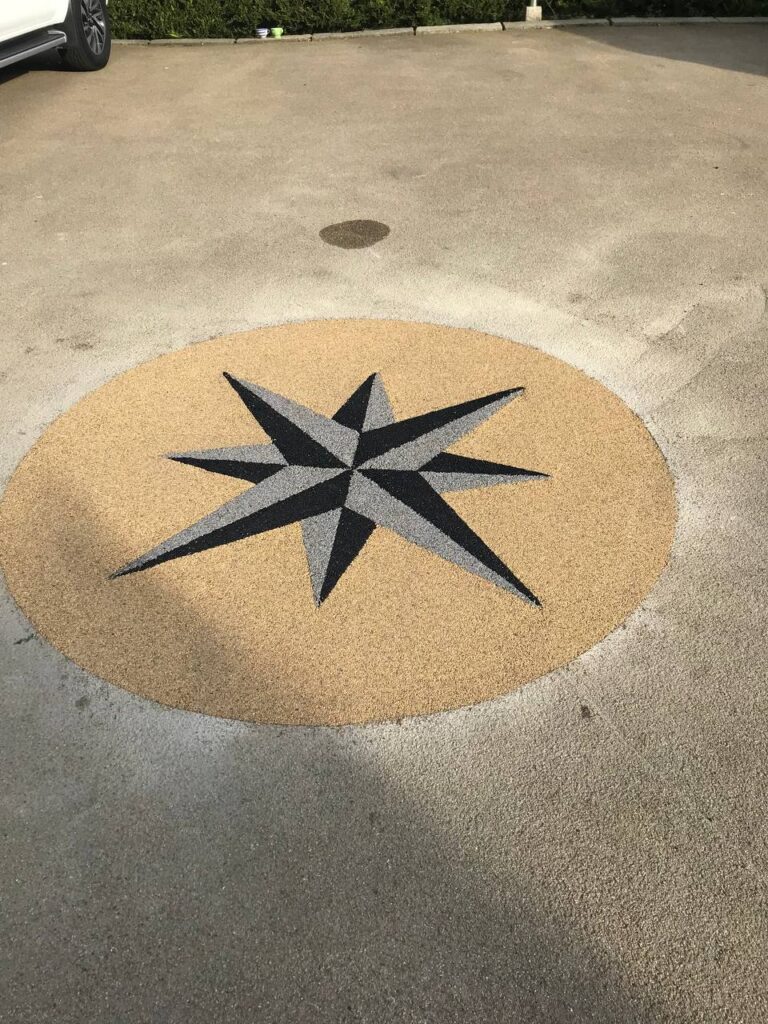Understanding Tarmac Driveway Damage
Over time, tarmac driveways can develop cracks and potholes due to weather conditions, heavy traffic, and general wear and tear. If left unattended, small cracks can expand, leading to more significant damage that affects both the appearance and functionality of your driveway.
Regular maintenance and timely repairs can extend the lifespan of your tarmac surface, preventing costly replacements. In this guide, we’ll outline the best methods for repairing cracks and potholes in your tarmac driveway to restore its durability and visual appeal.
Identifying the Type of Damage
Before starting any repairs, it’s essential to assess the extent of the damage. Tarmac deterioration typically falls into the following categories:
1. Hairline Cracks
These are small surface cracks that appear due to minor weather-related expansion and contraction. They may not seem serious at first but can worsen over time if water seeps in.
2. Larger Cracks
Cracks wider than a few millimetres indicate more significant wear and require filling to prevent further damage.
3. Potholes
Potholes form when water infiltrates cracks, causing the surface to break apart. They create an uneven surface that can be hazardous and unsightly.
Once you have determined the type of damage, you can proceed with the appropriate repair method.
How to Repair Cracks in a Tarmac Driveway
Step 1: Clean the Affected Area
Before applying any repair material, the surface must be thoroughly cleaned. Remove debris, loose tarmac, and dirt using a stiff brush and a pressure washer if necessary. Allow the area to dry completely before proceeding.
Step 2: Use a Tarmac Crack Filler
For small cracks, a specialised tarmac crack filler is the best solution. This flexible material fills the gaps and prevents further water penetration. Apply the filler using a sealant gun or a trowel, ensuring it is evenly spread.
Step 3: Compact and Smooth the Surface
Once the filler is applied, smooth the surface using a trowel. Allow it to set as per the manufacturer’s instructions before using the driveway again.
How to Repair Potholes in a Tarmac Driveway
Step 1: Remove Loose Debris
Clear out any broken tarmac and debris from the pothole to create a solid base for the repair material.
Step 2: Apply a Cold-Lay Tarmac Repair Product
Cold-lay tarmac is a ready-to-use product designed for pothole repairs. Pour the material into the pothole, slightly overfilling it to allow for compaction.
Step 3: Compact the Material Firmly
Use a tamper or a heavy object to compact the repair material firmly. This ensures a strong bond with the existing surface and prevents the pothole from reappearing.
Step 4: Seal the Edges
Applying a tarmac sealant around the repaired area helps to blend the patch with the surrounding driveway, reducing the risk of future deterioration.
Preventing Future Damage
To keep your tarmac driveway in excellent condition and minimise future repairs, consider the following maintenance tips:
Regular Cleaning
Removing dirt, moss, and debris prevents surface damage and water retention.
Applying a Tarmac Sealant
A high-quality sealant protects against moisture and extends the lifespan of your driveway.
Addressing Small Cracks Early
Prompt repairs prevent minor cracks from turning into costly potholes.
Avoiding Heavy Loads
Excessive weight can cause surface depressions and structural weakness.
Professional Tarmac Repairs in Norwich
While DIY repairs can be effective for minor cracks and potholes, larger or recurring damage may require professional attention. At Norwich Resin Driveways, we offer expert tarmac driveway repairs to restore your surface to a high standard.
Our team uses quality materials and professional techniques to ensure long-lasting results. If your driveway has seen better days, contact us today to discuss your repair needs and get a no-obligation quote.
Call us on: 01603 361594
Click here to find out more about Norwich Resin Driveways
Click here to complete our contact form and see how we can help with your driveways.
